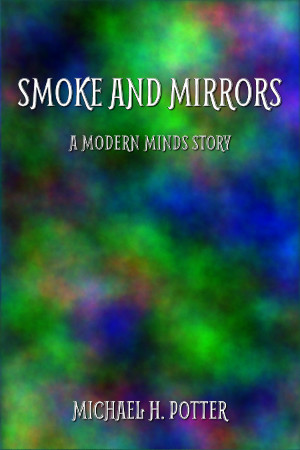So it’s another year in the books. 2018 is ending, and I think that’s something we can all be thankful for. No matter what you believe, no matter where you live, no matter who you are, this one’s been a wild ride. For me, that’s especially true. I’ve done a lot this year that I didn’t think I’d ever do, and you can probably figure out some of that by reading between the lines on my posts the past few months.
But now we have to look forward to 2019, the year of the future. (Seriously. Blade Runner is set in 2019. PKD couldn’t write some of what’s happened in real life lately, though.) Other places can give you some idea of what to expect in the wider world, but this post will let you know what it means for me.
First off, my main resolution for the coming year is to finish all the stories on my list. To start, that’s 6 Otherworld “bridge” novellas, which shouldn’t be too much of a problem. (I sometimes wonder if I could write one in my sleep. The way the words come to me when the mood is right, it’s not that far-fetched.) On top of those, I’ve got a pair in the Modern Minds series, Orphans of the Stars #3 (tentative title: Time in the Sun), Endless Forms #3 (confirmed title: Change of Heart), and a Nanowrimo story to be named later. All told, expect about 500,000 words of output on that front.
That’s about half of what I wrote in 2018, and an even smaller fraction of my massive 2017 output. Why the steep drop? Because I’ve got other projects I’m working on right now, most of which have little to do with writing. As they tie in to what the new year means for Prose Poetry Code, I’ll deal with all of it together.
If you’ve noticed the last few weeks, I’m working on a new conlang. Well, it’s not technically a conlang. More of a conscript, you might call it. Earlier in the year, I asked myself whether I could make a hieroglyphic or ideographic script using only emoji. The answer can be found in the 🖼🗣 or “Pictalk” series, which I’ll be extending throughout 2019, mostly at 5-week intervals.
That’s a side project, as language work tends to be for me. My “day” job, I hope, will involve programming. (I’m looking for work, and I’ve already signed up for at least one freelancing site.) That’s right. It’s time to put the “code” back in Prose Poetry Code. While I’m working on what I’m calling Project Themis, I’ll add in a dev diary every now and then. Don’t expect these to be regular—I’m not that dedicated. But this is a project I’m really passionate about right now, one I hope I can get into a stable state very soon. If all goes well (don’t count on it), I want a full 1.0 release on October 1st.
The more sporadic “whatever I feel like writing” posts will still be here, but not nearly as common. Maybe one a month, if that. Mostly, what you’ll see here in 2019 are those two series and release announcements. Unless I hit it big, of course. In that case, I’ll have a lot more free time.
Whatever the new year brings, I hope you all enjoy it, and I hope it turns out great for everyone. Just remember one thing: keep reading!
